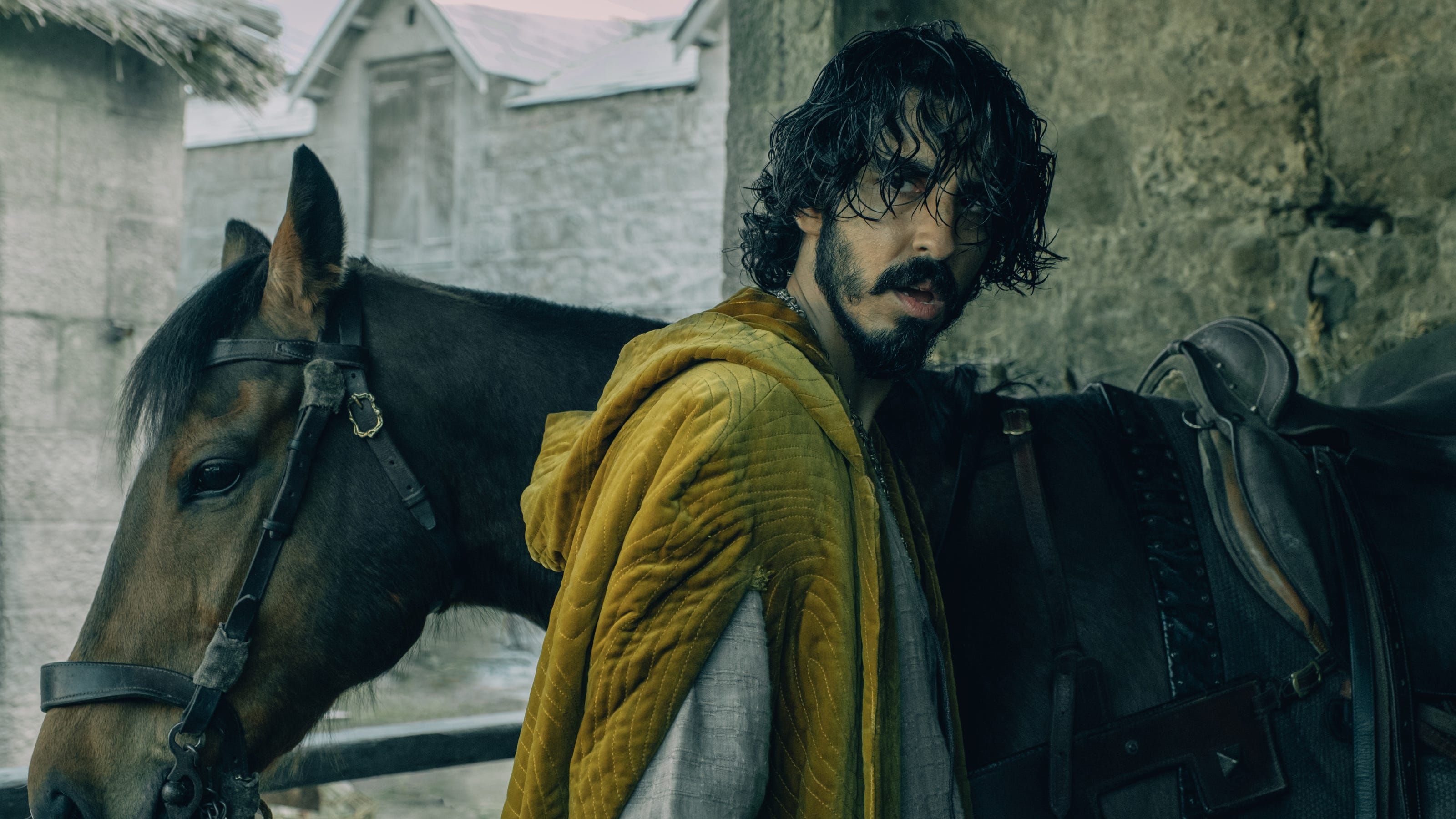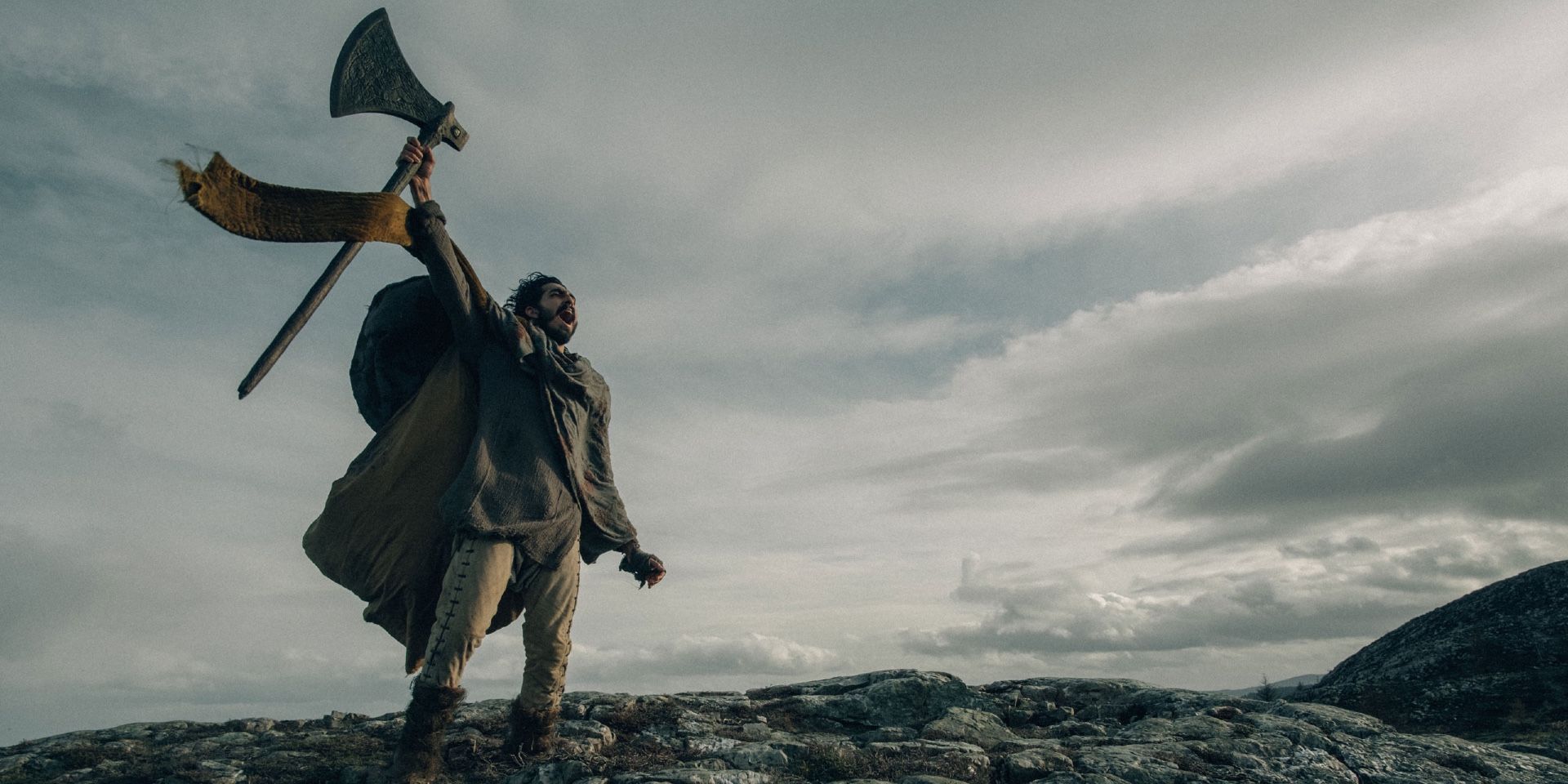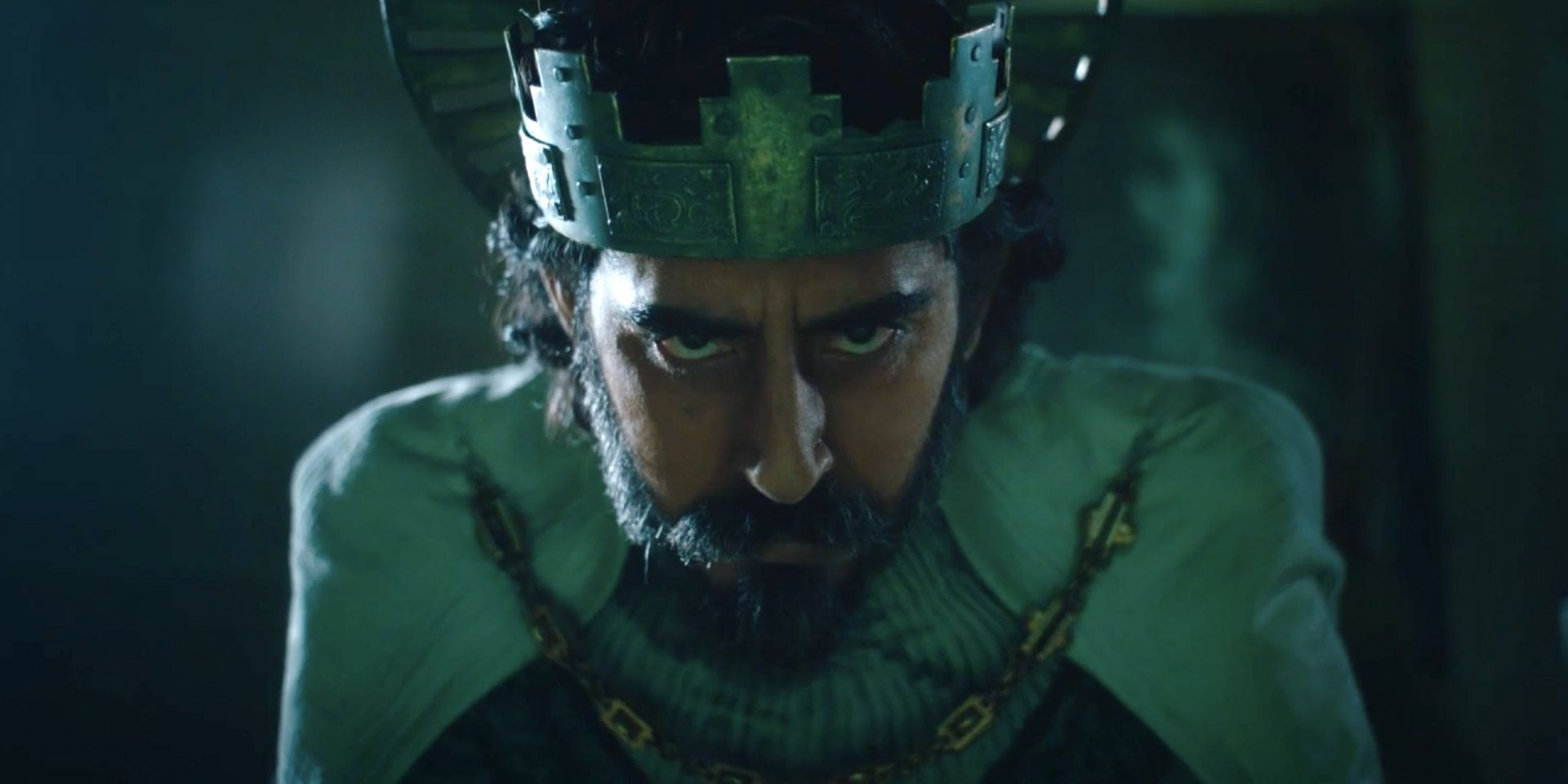This article contains spoilers for The Green Knight.
With so many big-budget summer blockbusters released in the past few weeks, it’s easy to overlook the less high-profile releases — less action-packed yet equally ambitious films that lack the advantage of being attached to a major franchise. One such film is The Green Knight, released in theaters earlier this month.
Of course, though The Green Knight may not be part of a big-name series or cinematic universe, it still features some iconic heroes of its own. The film is an adaptation of the 14th century poem Sir Gawain and the Green Knight, which was itself based on the ancient legends of King Arthur and the Knights of the Round Table. Movies about Arthurian legend are hardly anything new, but The Green Knight is notable for its unconventional depiction of these legendary heroes.
The vast majority of the Knights of the Round Table don’t play a role in the film at all — though Arthur’s knights appear, none of them are named on screen, making it impossible to tell which actor is meant to represent which knight. But as a result, Gawain and Arthur are allowed to receive more focus, and more fleshed-out characterization as a result. Instead of trying to balance a large ensemble cast that ends up feeling overcrowded, the film elects to place all its focus on the protagonist and those close to him.
The Green Knight is a largely faithful portrayal of the original stories it adapts, rather than trying to reinvent its characters for a modern audience. However, that doesn’t mean that it provides a tired or typical take on its legendary knights. In fact, Gawain and Arthur are both depicted in very unorthodox ways in some respects. But though they may not always resemble their archetypical selves, the changes made to their characters serve to grant Gawain and Arthur more depth, not cheapen them.
For starters, there’s Gawain himself, played by Dev Patel. Far from a typical knight in shining armor, the film instead depicts Gawain as brash and inexperienced. From the beginning, he’s clearly in way over his head during his quest to find the Green Knight. He makes foolish mistakes and suffers because of it. He’s cocky, impatient, and even petty at times. In other words, he hardly fits the usual image of a brave and chivalrous knight.
In fact, Gawain can even come off as downright cowardly at times. He’s shown throughout the film to be utterly terrified of death, often becoming hesitant and fearful at the first sign of danger. Though he still fulfills his duty by going on his quest, it’s clear that Gawain doesn’t want to risk dying at the Green Knight’s hand at all, and only goes through with his mission out of obligation. Even when the time comes for his confrontation with the Green Knight himself, Gawain is practically paralyzed with terror at the thought of his life ending.
This culminates in one of the film’s most controversial scenes — and one of its most thematically important. Gawain flees from the Green Knight, returning to Camelot with his life instead of honoring his word. Gawain is seen taking the throne after Arthur’s death, becoming the new king and having children of his own. But it’s clear that Gawain’s life is a hollow one, devoid of any true happiness or fulfillment. It is then revealed that this sequence was merely a daydream, imagined by Gawain as he sits beneath the Green Knight’s axe.
In the end, Gawain does the honorable thing, overcoming his fear and accepting his death at the Green Knight’s hand. The film ends before we see Gawain’s fate, leaving it ambiguous whether the Green Knight spares him or not, but the Green Knight definitely seems impressed by Gawain’s show of integrity. Regardless of whether Gawain ends up surviving the film, he proves that he’s changed over the course of the story, growing from a reckless and self-centered young man to a truly noble knight.
Though Gawain is often plagued by fear throughout the film, he ends up facing his fate head-on — no pun intended — by accepting his beheading from the Green Knight. By doing so, he proves that the true measure of courage is not being fearless, but rather overcoming fear and doing the right thing despite it. While Gawain’s portrayal in the film may seem too selfish for a Knight of the Round Table at first, he ends up proving himself worthy of being called one of Arthur’s knights.
Speaking of King Arthur, he plays a brief yet crucial role in the film, portrayed by Sean Harris. Like Gawain, Arthur hardly seems to match the popular image of his character at first — instead of a strong and noble monarch who bravely wields Excalibur on the battlefield, King Arthur in The Green Knight is a kindly and frail old man who’s long past his prime. But in the few scenes he appears, Arthur comes off as a wise, humble mentor who supports and encourages Gawain. Despite his age, nevertheless possesses an air of regality and charisma befitting a legendary king.
Though he isn’t the larger-than-life hero one might expect him to be, Arthur is nevertheless shown to be a compassionate and inspiring figure who brings out the best in others. He and Gawain both appear at first to have had their mythic persona stripped away, but that more down-to-earth portrayal only serves to further humanize them and highlight their heroic traits. The Green Knight may provide a different take on the characters of Arthurian legend than audiences are used to, but it does so in a way that helps emphasize what makes these stories and their heroes so lasting to begin with.



